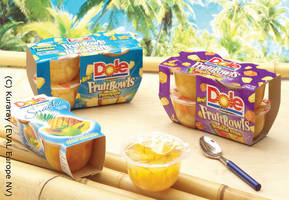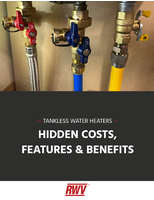High Quality at High Speed

battenfeld-cincinnati, Bad Oeynhausen/Vienna, has now received the second order this year for a multi-layer thermoforming sheet extrusion line, again from an Asian packaging manufacturer. With a total of six multi-layer lines in only three years, the machine manufacturer has taken on a leading role in the growth segment of PP and PS barrier sheet for food packaging. Processors are particularly impressed by the high output and the process technology design of the core components, such as the extruder, feedblock, die and polishing stack, which are all geared to ensure consistent high product quality.
While the first line this year was a 9-layer PP sheet line, the new order is for a 7-layer PP/PS sheet extrusion line. The latter is equipped with five extruders, reaches an output of up to 1,200 kg/h and is laid out for sheet thicknesses ranging from 350 to 2,500 µm. With this extrusion line, the customer will produce trays, cups and lids for foodstuffs with an extended shelf life, such as sauces, baby foods, soups, convenience foods and dairy products. Food trays which can be sterilized and trays for fruit packaging as an alternative to cans will also be manufactured.
The core components of battenfeld-cincinnati's multi-layer thermoforming sheet extrusion lines include high-speed single-screw extruders. Here, the machine manufacturer has extended its product portfolio and now offers a 45 mm high-speed extruder model in addition to the 75 mm screw size, which has already been on the market for several years. In the multi-layer lines, the 75 mm extruders take care of plasticizing the main layers with an output between 300 and 1,000 kg/h, while the 45 mm extruders produce the functional layers such as bonding adhesives and barrier materials, but also surface covers and high-gloss finish. The feedblock-die combination ensures an even distribution of all layers both across the width of the sheet and in the direction of extrusion, which is indispensable for a reliable barrier effect. The feedblock and die also feature an edge-encapsulating system to ensure resource-saving processing of the barrier material as well as all other materials. This includes direct, in-production reclaim of the mono-sheet edge trim thus generated. Finally, the polishing stack, with polishing rolls and post-cooling rolls arranged extremely close to each other, favors optimal sheet properties and excellent trans-parency.
Barrier sheet is in strong demand on the Asian market, especially in countries such as Japan, Korea, Taiwan and Thailand. The demand is driven by climatic conditions, transport over long distances as well as the products to be packaged, which require packaging for a long shelf life time. The annual growth rates in the segment of barrier sheet and packaging produced from it range from 5 to 8%, depending on the country. Finally, fruit packages for small quantities, for example for pineapples or mangoes, are also increasingly found in European and North American supermarkets. While such sheet and sometimes also the cups made from it were still exported from Europe a few years ago, they are now being manufactured in the fruit-producing countries. Here in particular, packaging with barrier layers is advantageous. With its excellent gas barrier function, which prevents oxygen from affecting foodstuffs and thus lengthens their shelf life time, the package also preserves the fragrance, flavor and taste of its contents and prevents short-term degradation of ingredients such as vitamins.
www.battenfeld-cincinnati.com




